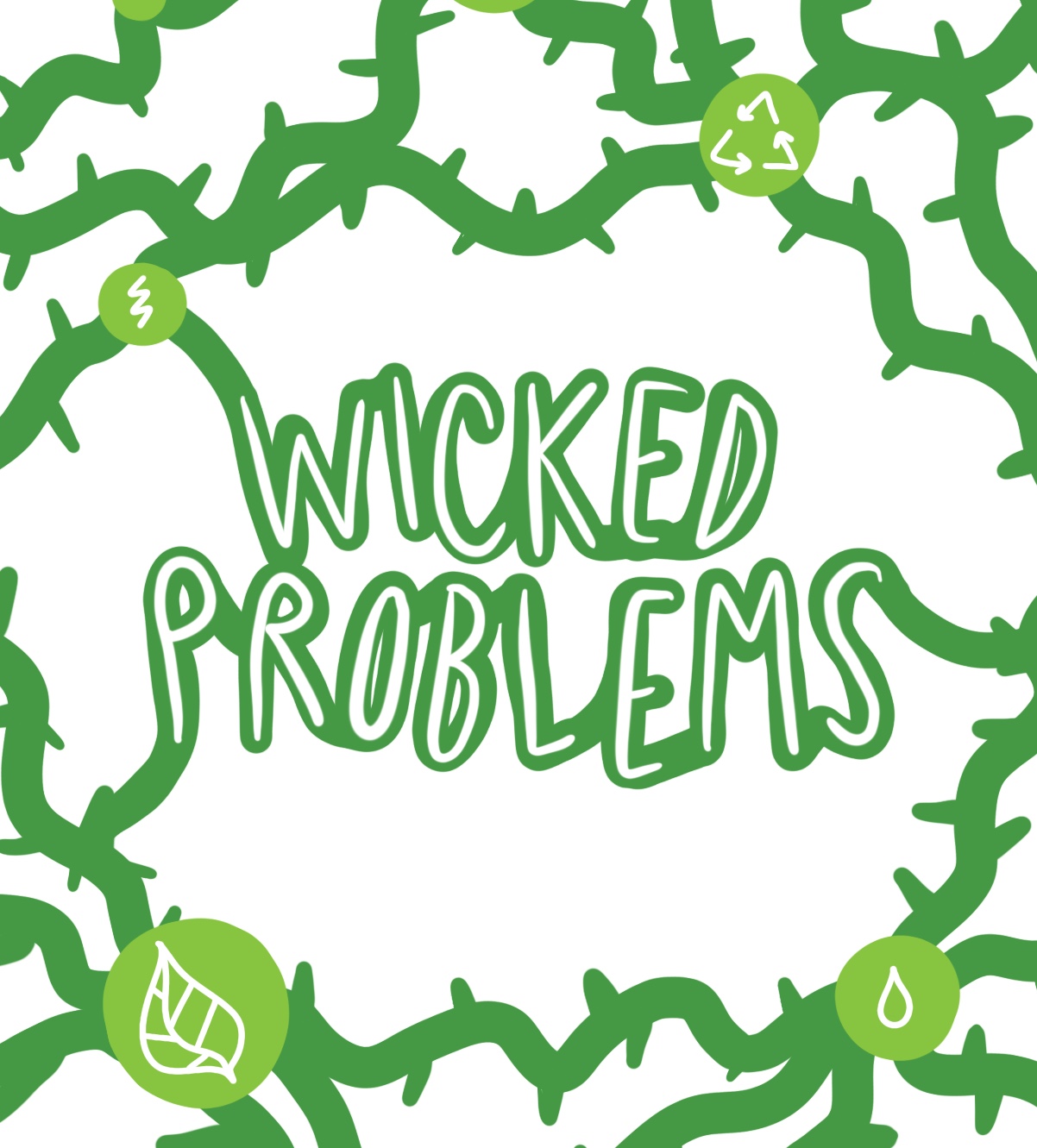Developing hands-on activities linking plankton and computational thinking
Author(s): Darcy Taniguchi
California State University San Marcos
1497 total view(s), 308 download(s)
taniguchi poster image.PNG(PNG | 858 KB)
- License terms
Description
Computational thinking involves understanding what is computable. This way of thinking can help us address complex problems, create systems, and understand behaviors. Computational thinking can be meaningfully incorporated in fields beyond computer science. Toward that goal, a workshop was developed to link computational thinking and the ecology of plankton, aquatic organisms that cannot swim well against currents. This workshop included two activities. In the first activity, learners created actual models of plankton and iterated on those models to make them neutrally buoyant. In the second activity, learners worked with images of different types of plankton, categorized them, and created an algorithm to describe their classification system. When participating in these lessons, learners were encouraged to think about how these experiences relate to computational thinking. Those connections were discussed at the end of each activity. Insight was also provided on how scientists use computational thinking in their research. These activities were originally designed for elementary school teachers. They can serve as a model and be adapted for other audiences as a way to incorporate science and engineering practices into a specific biological discipline.
Notes
This version has been updated to include the poster file
Cite this work
Researchers should cite this work as follows:
- Darcy Taniguchi (2018). Developing hands-on activities linking plankton and computational thinking. Wicked Problems: Investigating real world problems in the biology classroom (SW 2018), (Version 2.0). QUBES Educational Resources. doi:10.25334/Q4312C
